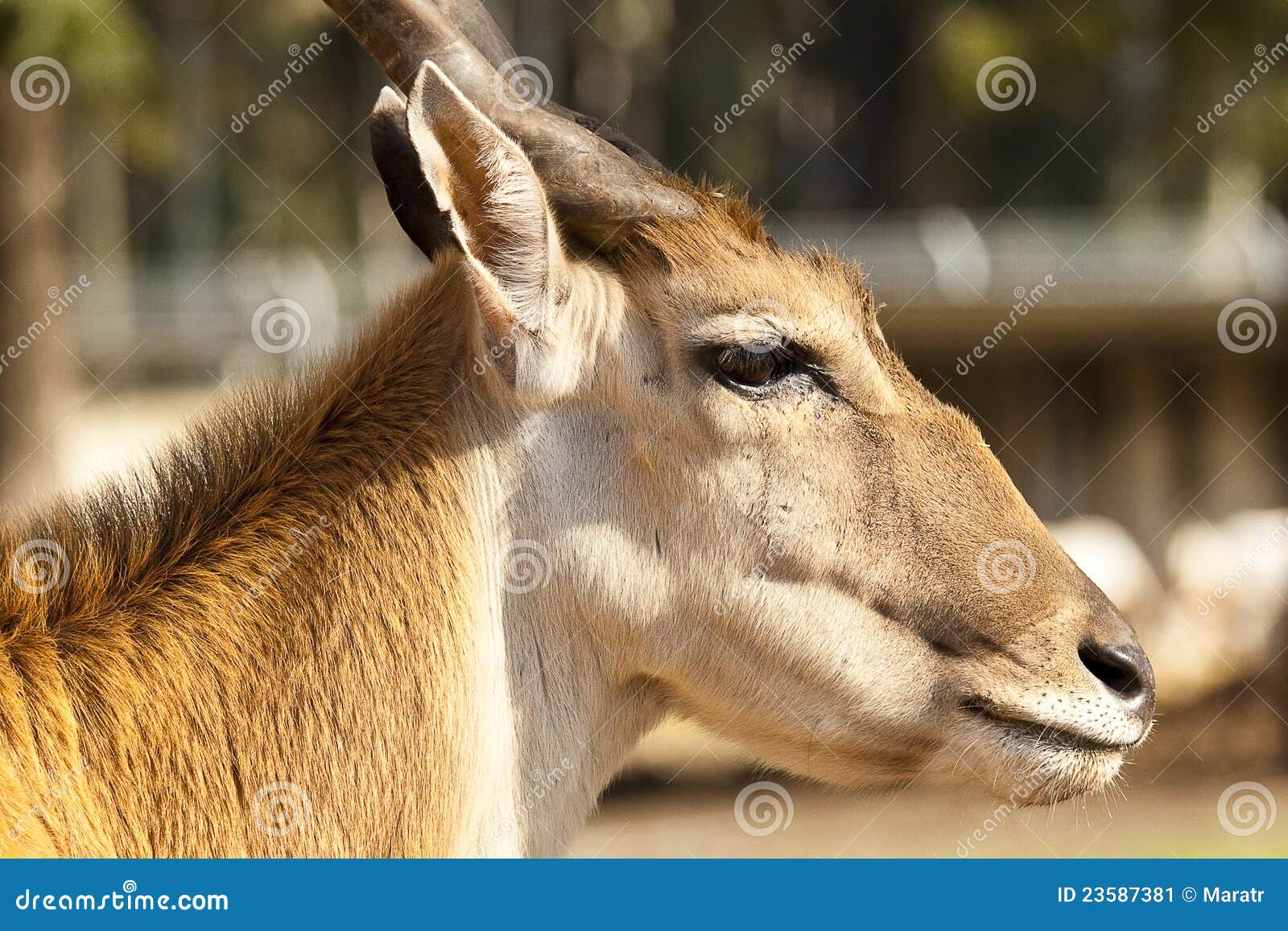

Some form of courting behavior precedes mating, after which the pregnant female undergoes a seclusion period before they give birth. Sexual segregation is prevalent with males and females only meeting during the mating season, which usually coincides with rainy season. They are active primarily from dusk until dawn, tending to rest during the daylight hours in woodlands where their camouflage helps them to avoid predators. Kudus don’t roam over long distances but rather live in home ranges of up to 6 km sq. Unlike the greater kudu, the lesser kudu does not depend so much on the water for their survival and get can get most of their water requirements from the parts of succulent wild fruits, only taking water if available. Greater kudus are well adapted to surviving during the dry season by feeding on wild watermelons for water. Although their stomach structure is made for browsing, during the wet season they occasionally supplement this diet by grazing the lush grasses. Kudus are primarily browsers, preferring leaves and shoots from trees and shrubs, and flowers and fallen fruits. ( See more on Africa’s endangered animals.) Diet The lesser kudu is highlighted as “near threatened” with their populations in decline. While their natural habitat has faced threat from human activities the world conservation body the IUCN highlights the greater kudu as “least concern” with their population considered stable. They live in herds of approximately 25 antelopes but it is also possible to find herds of two to three females with their calves. However, it is not rare to find them in close proximity to human settlement areas, due to their stealth and nocturnal adaptations. Outside of Africa’s national parks, kudus have receded to mountainous woodlands due to human activities in their preferred lowlands. Other regions include East African regions of Kenya such as in the Tsavo National Park, Tanzania’s Serengeti National Park, and the horn Africa region of Ethiopia and Somalia. They are widely distributed in Southern Africa, especially in the bushveld lowlands. Greater kudus are found in Eastern and Southern Africa. Unlike greater kudu, they have shorter horns more white stripes (11-15) on its rib side and black and white leg colorations. While the females will spot a bright rufous coat the males have a darker slate gray skin. Lesser kudus are lighter in weight and have a shorter stature, at 92-108kgs and 100cms respectively. Other markings include the distinct 6-10 vertical white stripes on the rib side, nose chevrons, and white forelegs for the greater kudus.
ANTELOPE WITH TWISTED HORNS SKIN
Skin coloration ranges from reddish-brown to blue-gray, interspersed with white markings. T he females are smaller and shorter, with an average height and weight of 1.2 meters and 170 kgs respectively. On weight, males tips the scales at a minimum of 257 kgs and 315 kgs.

With a height range of between 1.3 and 1.5 meters, the greater kudu males stand as the tallest antelope after the eland. Of the two kudu species, the greater kudu has a larger body size.
ANTELOPE WITH TWISTED HORNS FULL
While female kudus have short horns, male kudus have horns of up to 1.8 meters, the longest of any antelope, which take an average of six years to reach their full length. Horns are the main trademark of the kudu.

Kudus are a species of African antelopes majestic in their looks, with their twisted horns making them quite distinct from other antelopes.


 0 kommentar(er)
0 kommentar(er)
